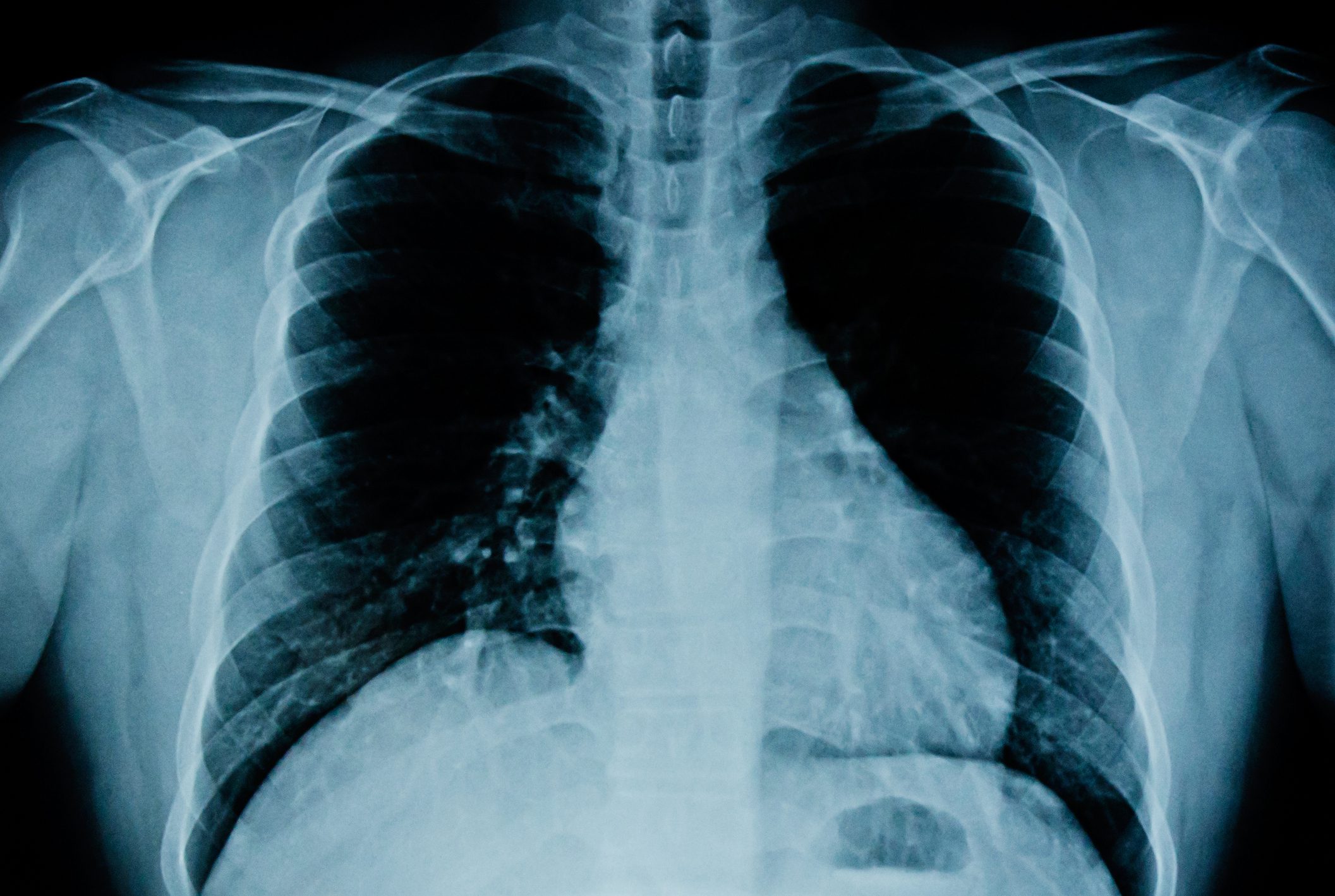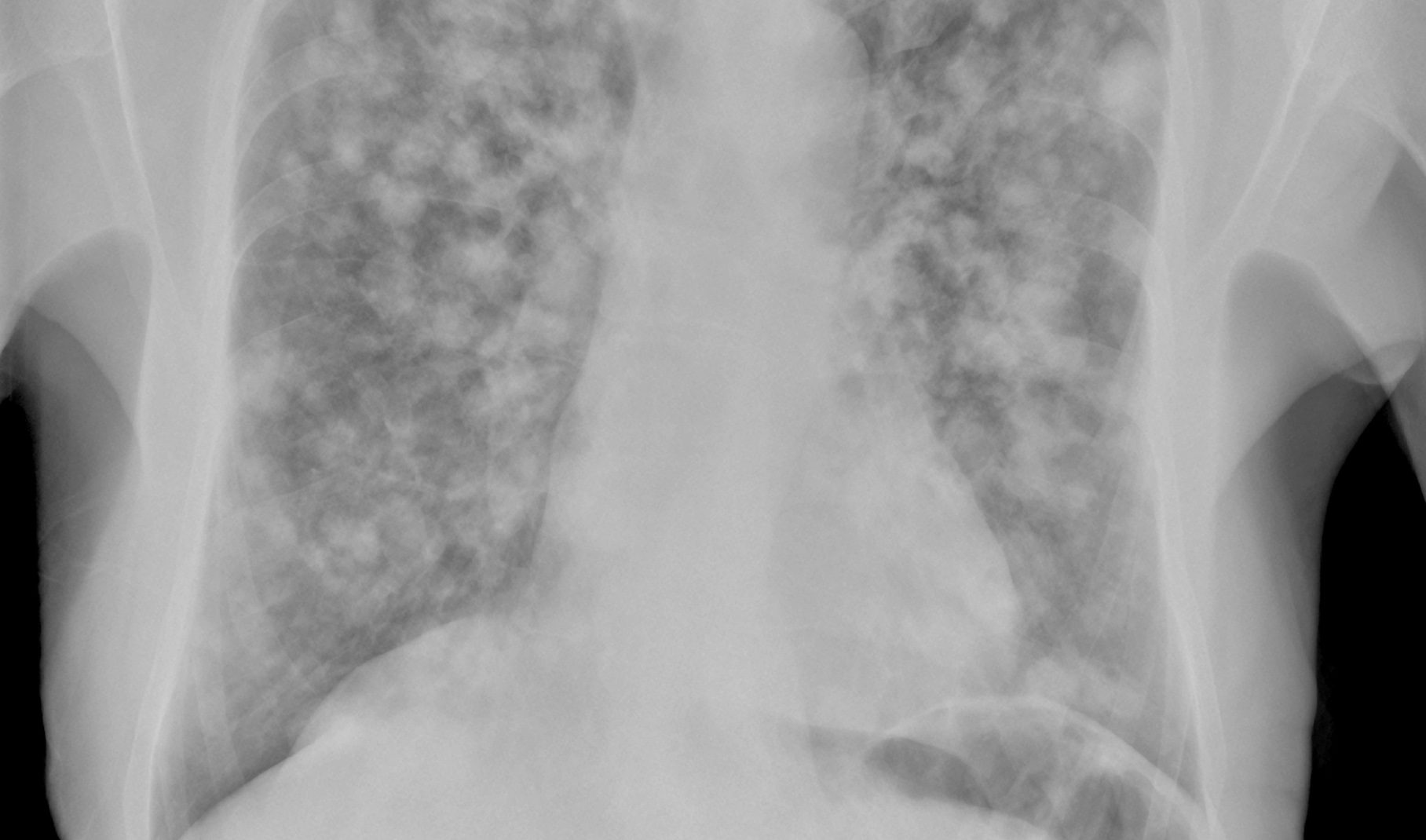Smoking-related diseases are among the biggest health problems of the 21st century. It is estimated that about one billion people will die from the effects of tobacco use by 2099 [1]. Preventive health care is active, campaigns against smoking are being developed – and yet many still can’t get away from it. Meanwhile, alternatives to the classic cigarette have been developed. Could they be the solution?
Nicotine is a psychoactive substance responsible for making cigarettes addictive. One harm reduction strategy for smokers is to switch to an alternative nicotine delivery service. These include products such as smokeless tobacco, e-cigarettes or heated tobacco products. For smokers of traditional cigarettes, this means replacing a very harmful product with one that is significantly less harmful.
This form of substitution is not a new idea, but has been known for a long time in dealing with other intoxicants and addictive substances, and some of them have been tried and tested. In terms of damage-reducing measures, Switzerland occupies a top position in a European comparison. A number of options are available, including substitution therapies, syringe exchanges, and drug checkups. As a result, the number of drug deaths has been greatly reduced within the last 20 years (Fig. 1) [2].

Targeting the principle of harm reduction
While opioid substitution therapies such as methadone administration are only offered to very high-risk addicts and are supervised by medical professionals, nicotine alternatives to traditional smoking are mass-market products for consumption. In most countries, they are readily available to the general population. While the average prevalence of opioid use among adults is estimated at 0.4% of the EU population, almost 20% of adult Europeans are smokers [3,4]. In Switzerland, the situation is even worse: around 33% of all men smoke, while the figure for women is almost 25%, even though it is widely known that smoking is harmful to health. Nearly 15% of all deaths in this country are due to tobacco-related diseases.
In 2003, the World Health Organization (WHO) stipulated in Article 5.3 of the Framework Convention Concerning Tobacco Control (FCTC) that public health policies should be protected from commercial interests of the tobacco industry [5]. So far, so good. But this approach, which is understandable and comprehensible at its core, was expanded in 2008. Now, according to Principle 1, there is a fundamental and irreconcilable conflict between the interests of the tobacco industry and those of public health policy. Conversely, this means that anything in the interest of tobacco companies is bad for public health. An assertion expressed as fact and truth binding for the future. Thus, the scope of the FCTC was significantly expanded without taking into account possible negative consequences. This is because the goals of tobacco control have certainly shifted with the advent of alternative non-combustion nicotine products – from combating the health consequences of smoking to principled opposition to nicotine use per se. This creates conflicts. Scientific ones, too, as the very controversial and not infrequently heated debates show.
Harm-reduction yes, e-cigarettes no – the WHO in a dichotomy
The World Health Organization (WHO) clearly advocates harm-reduction in its statutes. However, she considers alternative nicotine products without combustion to be harmful to health. In its recent statement, it notes that there are not yet enough data to understand the range of health effects of alternative nicotine products [6]. However, WHO postulates that the evidence regarding harmful chemicals in most electronic nicotine delivery systems is clear. Therefore, they are associated with an increased risk of cardiovascular disease and lung disease, he said. The safest approach, he said, is to avoid using both tobacco products and alternative nicotine products.
The WHO also sees a particularly worrying development in the increasing use of e-cigarettes by children and adolescents in some countries. There is reportedly increasing evidence that never-smoking youth who use e-cigarettes double their risk of turning to cigarettes later in life. In addition, WHO notes that exposure of children and adolescents to nicotine can have a long-lasting, detrimental effect on brain development.
Position of the ERS
The Tobacco Control Committee (TCC) of the European Respiratory Society (ERS) published a position paper on tobacco use and harm reduction in May 2019 that presented seven arguments for why a harm reduction strategy should not be used as a population-based strategy in tobacco control. Among other things, the committee took the position that suppliers of alternative nicotine products falsely claim that smokers generally cannot or do not want to quit smoking. In reality, the majority of smokers want to quit. According to the ERS, most who have done so have quit by willpower alone, without the use of nicotine replacement therapy (NRT) or a smoking cessation medication.
Further, the ERS states that assumptions and claims that alternative no-burn nicotine products are highly effective as smoking cessation aids are false or undocumented, as are assumptions that alternative nicotine products are generally harmless or claims that the spread of tobacco cannot be controlled with other strategies.
Instead, the ERS highlights tobacco control as one of the greatest public health successes. Countries with strong tobacco control experienced significant declines in smoking prevalence. The safety and efficacy of alternative nicotine products as a smoking cessation tool has not been proven, he said, making the spread of these products to previous nonsmokers even more alarming. The use of the alternatives should be reserved for heavy smokers with high health risk, he said. However, it could not represent a population-based strategy.
Although the ERS endorses FDA-approved nicotine replacement products (patches, sprays, etc.), it advises physicians not to recommend non-burn alternative nicotine products to their smoking patients. This, he said, contradicts the Hippocratic Oath, on which a physician swears to uphold certain ethical standards and “do no harm” [7].
E-cigarette 95% less harmful according to British expert report
The ERS thus went toe-to-toe with a number of experts who hold a contrary view. It is quite true that not too much is known yet about the long-term consequences of the use of alternative nicotine products. This is due not least to the fact that many products have only been on the market for a short time. However, an independent expert report for the UK’s PHE concluded in 2015 that e-cigarettes could be up to 95% less harmful than conventional cigarettes [8]. A direct comparison with conventional cigarettes also shows that the new alternative nicotine products are significantly less harmful without combustion (Fig. 2) . In principle, it is not the nicotine itself that is the problem, but the harmful and potentially harmful chemicals that are produced primarily during the combustion process of tobacco [9–11]. Alternative nicotine products only heat the ingredients, massively reducing the potentially toxic substances in the aerosol [12].

New evidence would suggest that smokers who use e-cigarettes and receive additional support from their local addiction-fighting outlets achieve some of the highest quit rates. E-cigarettes are not completely risk-free, he said, but they produce only a fraction of the harm compared to smoking. E-cigarettes were not observed to undermine declining smoking rates in England. Instead, they were found to be another means of quitting smoking (Table 1).

Vaping does not attract young people
The English government’s Tobacco Control Plan states that PHE must update the report on the use of e-cigarettes and other novel nicotine delivery systems every year until the end of 2022. The most recent report was published in March 2020 and focuses primarily on vaping [13]. According to this, the figures regarding vaping use among teenagers show that these are mainly teenagers who have already smoked conventional cigarettes. In contrast, less than 1% of young people who have never smoked are vapers. A large increase in vaping prevalence was not seen. In contrast, smoking prevalence among 11- to 15-year-olds more than halved between 2009 (11%) and 2018 (5%) and has remained relatively stable since then.
In Germany, similar observations could also be made with tobacco heaters. In a recently published research report, the German Federal Center for Health Education stated that experience with the use of tobacco heaters among adolescents is comparatively low at 0.5%. In terms of consumption within the last 30 days hardly played a role (0.1%) [14].
This supports the data collected by Addiction Switzerland in 2019. They conclude that less than 2% of boys and girls aged 15 years have used tobacco heaters at least once in their previous lives. And few of those indicated that this was the case in the last 30 days. However, the vast majority of youth between the ages of 13 and 15 do not use tobacco heaters or are not even aware of them [15,16].
Current Cochrane Review sees benefits with e-cigarettes
Experts from Oxford University have published a recent review that analyzed all available data through January 2020 [17]. Fifty studies were identified that examined the effect of e-cigarettes on nicotine abstinence in a total of 12 430 subjects. The primary endpoint was at least six months of nicotine abstinence and serious adverse events. Secondary endpoints were defined as changes in blood pressure, heart rate, and oxygen saturation, for example. It was found that more participants quit smoking with nicotine-containing liquids than with nicotine replacement products. The risk of side effects was comparable, although here the data show rather low evidence. The survey found that 100 people using nicotine e-cigarettes to quit smoking were 10 times more successful, compared with only six in 100 using nicotine replacement therapy or nicotine-free e-cigarettes, or four in 100 who had no or only behavioral support. The experts recommend long-term studies to verify these results, especially with the newer alternative nicotine products.
E-cigarettes not to blame for U.S. vaping disease
In America, reports of sometimes life-threatening illnesses linked to the use of e-cigarettes increased last year. These included pulmonary disease with increasing dyspnea, cough, and chest pain. Gastrointestinal problems, fever and weight loss were also mentioned. The ailments, dubbed steamer’s disease, led to artificial respiration in one in three sufferers. In the meantime, it could be proven that the majority of those affected had consumed liquids illegally purchased on the black market, which were enriched with THC oil. Vitamin E acetate had been added to this to stretch it, which is ultimately blamed for the complaints. The Food and Drug Administration (FDA) then warned consumers against purchasing such illegal products [18].
In contrast, the FDA has already recognized a THS 2.2 tobacco heater (marketed as IQOS) as suitable for public health protection and approved it for marketing in April 2019. Then, in July 2020, based on, among other things, a 3-year review process, this tobacco heater was also approved as a modified-risk tobacco product in the United States. This allows the FDA to communicate to adult smokers that this tobacco heater, when fully switched, significantly reduces the body’s exposure to harmful or potentially harmful chemicals. The requirement for post-market surveillance and just such studies is also part of the FDA decision to determine the impact on consumer perceptions, behavior and health and, most importantly, to verify the accuracy of the decision [19].
Switzerland is willing to break new ground
In Switzerland, the Federation of Addiction Professionals, a federation of the three addiction professional associations Fachverband Sucht, Groupement Romand d’Etudes des Addictions (GREA) and Ticino Addiction, already called for a change of course in Swiss tobacco policy in 2017. Accordingly, e-cigarettes should be recognized as an effective harm reduction tool because vaporizing is better than burning.
Since spring 2018, it has been permitted in Switzerland to sell liquids containing nicotine for e-cigarettes. Several manufacturers emphasized from the outset that young people were not a target group and agreed early on at a round table on regulations for the protection of minors. Signatories thus pledged not to provide alternative non-combustion nicotine products to people under the age of 18. The Federal Food Safety and Veterinary Office (FSVO), which is responsible for e-cigarettes in Switzerland, welcomed the agreement.
At the beginning of 2019, a pilot project was launched in the canton of Solothurn that offers active support in the form of e-cigarettes to smokers who want to kick the tobacco habit: The “Suchthilfe Ost” distributes the alternatives free of charge to those willing to quit smoking over an initial period of 18 months. To do this, smokers simply have to agree to be accompanied and supported by counselors. The liquid to be evaporated must be paid by the participants themselves.
At “Suchthilfe Ost”, they are convinced of the benefits of the project. In their annual report, they agree with the following statements: For health, consistent cessation of smoking is the best of all measures. Switching to e-cigarettes should not be sold as a “healthy alternative.” However, it may be recommended for what it is: the less harmful alternative – and as a possible and crucial step towards quitting cigarette addiction [20].
Harm-reduction in the crossfire of different institutions
In addition to the Cochrane Review, a number of other studies have been published that conclude to recommend the complete switch to e-cigarettes and tobacco heaters for cessation in terms of the harm reduction principle [21–22]. In addition, a 2019 study published in NEJM indicated that e-cigarettes are also significantly more effective than nicotine replacement therapy for smoking cessation [23].
But not all experts share this view. First and foremost, the lack of long-term experience is denounced. This opinion is held, for example, by the European Respiratory society (ERS) or the German Society for Pneumology and Respiratory Medicine (DGP) [24].
The task force of the American College of Cardiology (ACC), on the other hand, takes a slightly more differentiated view. She also emphasizes that use of both products should be avoided. But it also attests to the potential for great public benefit from alternative nicotine products if they help smokers quit smoking traditional cigarettes. In particular, smokers who are unwilling or unable to quit with current treatments (Fig. 3).

It is currently unclear what the consequences of using an e-cigarette or tobacco heater for many years are on the human organism and whether this consumption is actually less harmful than that of conventional cigarettes in the long term. The question arises whether the new alternative nicotine products without combustion should therefore be withheld from smokers, or whether they should already be accepted as part of the principle of harm reduction?
Literature:
- A Report of the Surgeon General: How Tobacco Smoke Causes Disease 2010. The Biology and Behavioral Basis for Smoking-Attributable Disease. In: Helath USDo, Human S, eds. Office of The Surgeon General, Rockville MD: Public Health Service 2010.
- www.infodrog.ch/files/content/schadensminderung_de/international/2019.05_faktenblatt_stand-der-schadensminderung-in-der-schweiz.pdf (last accessed on 06.11.2020)
- European Drug Report 2017. Drug use prevalence and trends. High-risk opioid users: heroin still dominates. www.emcdda.europa.eu/publications/edr/trends-developments/2017/html/prevalence-trends/high-riskopioid-users_en: European Drug Monitoring Centre for Drugs and Drug Addiction; [accessed 01.10. 2018.
- Tobacco consumption statistics. https://ec.europa.eu/eurostat/statisticsexplained/index.php/Tobacco_consumption_statistics: Eurostat. Statistics Explained; [updated Sept. 24, 2018. accessed 01.10. 2018.
- https://tobaccoreporter.com/2020/11/01/the-irreconcilable-conflict-principle/ (last accessed 11.11.2020)
- www.who.int/news/item/05-02-2020-e-cigarettes-are-harmful-to-health (last accessed on 08.11.2020)
- Pisinger C, Dagli E, et al: ERS and tobacco harm reduction. Eur Respir J 2019; 54: 1902009; doi: 10.1183/13993003.02009-2019.
- McNeill A, et al: E-cigarettes: an evidence update A report commissioned by Public Health England 2015; https://assets.publishing.service.gov.uk/government/uploads/system/uploads/attachment_data/file/733022/Ecigarettes_an_evidence_update_A_report_commissioned_by_Public_Health_England_FINAL.pdf
- www.pharmazeutische-zeitung.de/ausgabe-302015/die-seele-raucht-mit/ (last accessed on 04.08.2020)
- www.health.govt.nz/publication/chemicalconstituents-cigarettes-and-cigarette-smoke-prioritiesharm-reduction (last accessed on 05.08.2020)
- Schmeltz I, Schlotzhauer WS: Benzo[a]pyrene, Phenols and other products from pyrolysis of the cigarette additie, (d,l)-menthol. Nature 1968; 219: 370-371.
- Margham J, McAdam K, Forster M, et al: Chemical Composition of Aerosol from an E-Cigarette: A Quantitative Comparison with Cigarette Smoke. Chem Res Toxicol. 2016; 29(10): 1662-1678.
- McNeill A, et al: Vaping in England: an evidence update including mental health and pregnancy, March 2020: a report commissioned by Public Health England 2015; https://assets.publishing.service.gov.uk/government/uploads/system/uploads/attachment_data/file/869401/Vaping_in_England_evidence_update_March_2020.pdf
- www.bzga.de/fileadmin/user_upload/PDF/studien/Drogenaffinitaet_Jugendlicher_2019_Basisbericht.pdf (last accessed 11/12/2020)
- www.hbsc.ch/pdf/hbsc_bibliographie_342.pdf (last accessed 11.11.2020)
- https://shop.addictionsuisse.ch/de/schule/33-47-alles-klar-hbsc-2018.html (last accessed 11.11.2020)
- Hartmann-Boyce J, et al: Cochrane Database Syst Rev 220; 10:CD010216.
- Vaping Illnesses: Consumers Can Help Protect Themselves by Avoiding Tetrahydrocannabinol (THC)-Containing Vaping Products, FDA Sept. 06, 2019.
- www.fda.gov/news-events/press-announcements/fda-authorizes-marketing-iqos-tobacco-heating-system-reduced-exposure-information (last accessed 11.11.2020)
- https://suchthilfe-ost.ch/media/SHO_Jahresbericht_2019_web2.pdf (last accessed 12.11.2020) German Cancer Research Center (2020): E-cigarettes and tobacco heaters – an overview. www.dkfz.de/de/tabakkontrolle/download/Publikationen/sonstVeroeffentlichungen/2020_E-Zigaretten-und-Tabakerhitzer-Ueberblick.pdf
- Stöver H, et al: (2020) New ways to control smoking: tobacco use & harm reduction (“Tobacco Harm Reduction”). www.frankfurt-university.de/fileadmin/standard/Hoch-schule/Fachbereich_4/Forschung/ISFF/Veranstaltungen/Webinar_E-Zigaretten_2020/Positionspapier_E-Zigarette_final_12102020.pdf
- Herring T: E-cigarettes – toxicological fiasco or better than no smoking? Internist 2020; 61: 634-643
- Hajek P, Phillips-Waller A, Przulj D, et al: A Randomized Trial of E-Cigarettes versus Nicotine-Replacement Therapy. NEJM 2019; 380: 629-637
- https://pneumologie.de/fileadmin/user_upload/Aktuelles/2020-11-02_DGP_Stellungnahme_Tabakentwoehnung_mit_E-Zigarette.pdf (last accessed on 08.11.2020)
- Abrams DB, Glasser AM, Pearson JL, et al: Harm Minimization and Tobacco Control: Reframing Societal Views of Nicotine Use to Rapidly Save Lives. Annu. Rev. Public Health 2018. 39: 193-213.
- Britton J, George J, Bauld L, et al: A rational approach to e-cigarettes – challenging ERS policy on tobacco harm reduction. Eur Respir J 2020; in press (Available at: https://doi.org/10.1183/13993003.00166-2020).
- American College of Cardiology Task Force. 2018 ACC Expert Consensus DecisionPathway on Tobacco Cessation Treatment. JAAC 2018; 72(25): 3332-3336.
FAMILY PRACTICE 2020; 15(11): 32-35











